To truly enjoy your coffee, it’s essential to grasp the importance of grind size. The coarseness of coffee beans significantly influences the flavor of your brew. By finding the grind size that suits your taste, you can elevate your home coffee experience to new heights. In this article, we’ll delve into the basics of coffee grind size, explore the unique characteristics of different grinds, and offer tips on how to brew the perfect cup at home.
Adjusting the grind size is a crucial step in brewing delicious coffee at home. Understanding how different grind sizes affect flavor will help you craft your own exquisite cup. We encourage you to use this guide to discover your favorite coffee style.
- Definition of coffee grind size and its significance
- Differences between coarse, medium, and fine grinds, along with brewing methods
- How to adjust grind size for home coffee brewing
Understanding Coffee Grind Size: The Basics
To truly savor coffee, it’s crucial to grasp the concept of “grind size.” The grind size significantly influences the flavor and aroma of your coffee, and it can lead to different outcomes depending on your brewing method. In this section, we’ll delve into how grind size is defined and why it matters.
What is Coffee Grind Size?
Coffee grind size refers to the size of the coffee particles when the beans are ground. Typically, there are three main categories: coarse, medium, and fine, each with its own distinct characteristics. Coarse grind consists of larger particles, while fine grind features much smaller ones. This variation directly affects both the flavor profile and extraction time of your coffee. For instance, coarsely ground coffee allows for a slow extraction process, resulting in a smooth and rich taste.
Why is Grind Size Important?
Grind size is vital because it has a profound impact on the flavor and aroma of your coffee. Even with the same beans, simply changing the grind size can lead to entirely different taste experiences. For example, a fine grind may emphasize bitterness and acidity, while a coarse grind tends to highlight sweetness and overall flavor. Understanding this concept empowers you to brew coffee that perfectly suits your personal taste.

If you found this article intriguing, you might also enjoy our piece on “How to Choose Coffee Beans and Explore the Allure of Acidity.” It dives deeper into selecting coffee beans and understanding acidity, offering tips to enrich your coffee experience even further.
- Coffee grind size is categorized by particle size.
- Flavor and aroma change with different grind sizes.
- Understanding grind size is essential for enjoying coffee tailored to your taste.
Types of Coffee Grind and Their Characteristics
When it comes to coffee, the grind size plays a crucial role in the overall flavor experience. There are three main types of grind: coarse, medium, and fine. Understanding the unique characteristics of each grind can enhance your appreciation of coffee and help you brew the perfect cup. In this section, we’ll dive into the differences between these grind sizes and recommend brewing methods that complement each one. Let’s find the grind that suits your taste and enjoy a delightful coffee moment!
The Differences Between Coarse, Medium, and Fine Grinds
First up is coarse grind, which consists of larger coffee particles. The main characteristic of coarse grind is its softer flavor profile and the ability to deliver a robust body. Next, medium grind features uniform particle size, offering a well-balanced taste that many coffee lovers enjoy. Finally, fine grind consists of very small particles, often highlighting bitterness and acidity in the coffee. With such distinct flavor profiles tied to each grind size, it’s essential to choose the one that aligns with your personal preferences.
Brewing Methods for Each Grind Size
Coarse grind coffee is best suited for brewing methods like French press and cold brew. These techniques allow for longer extraction times, resulting in a rich and full-bodied flavor. Medium grind works well for methods like drip coffee and espresso, which require a shorter extraction period. On the other hand, fine grind is ideal for brewing methods that use high pressure, such as espresso machines and siphons. By selecting the right brewing method for each grind size, you can enjoy an exceptional coffee experience.
- Coarse grind features larger particles that deliver a rich flavor
- Medium grind provides a well-balanced taste
- Fine grind emphasizes bitterness and acidity, making it suitable for specific brewing methods
Choosing the Right Grind for Your Coffee
When selecting the grind size for your coffee, the type of beans and their roast level are crucial factors to consider. Understanding these elements will help you find the perfect coffee that suits your taste. In this section, we’ll explore how to choose your grind size based on the bean type and its relationship with roast level, so keep reading for some helpful tips.
Choosing Based on Bean Type
There are primarily two types of coffee beans: Arabica and Robusta. Arabica beans are known for their rich sweetness and acidity, offering a delicate flavor profile. They are best suited for fine or medium grinds, allowing their flavors to shine through, especially in drip coffee and espresso. On the other hand, Robusta beans are characterized by their strong bitterness and full-bodied taste. They typically perform well with a coarse grind, making them ideal for French press or cold brew methods.
The Connection with Roast Level
Roast level is another important consideration when choosing your coffee grind. Generally, light roasts have a pronounced acidity and are best extracted with a fine grind. Medium roasts strike a nice balance between sweetness and acidity, and a medium grind will enhance these characteristics. In contrast, dark roasts emphasize bitterness and body, so a coarse grind can help you enjoy a robust flavor. Adjusting the grind size according to the roast level allows you to savor your coffee just the way you like it.
- Arabica beans are best with fine or medium grinds
- Robusta beans shine with a coarse grind to highlight their bitterness
- Adjusting grind size based on roast level enhances flavor enjoyment
Adjusting Grind Size for Brewing Coffee at Home
To brew delicious coffee at home, adjusting the grind size is crucial. Changing the coarseness of your coffee beans can significantly alter the flavor and aroma of your brew. In this section, we’ll explore specific brewing methods and how adjusting the grind size can affect the taste, giving you some ideas to find your perfect cup.
Specific Brewing Methods
Let’s start by discussing different brewing methods. For techniques like French press and cold brew, a coarse grind is ideal. These methods involve a longer extraction time, allowing the flavors of the coffee to develop fully. On the other hand, drip coffee and espresso benefit from a medium or fine grind. Espresso, in particular, is best made with a fine grind under high pressure, resulting in a rich, intense flavor. Choosing the right grind size according to your brewing method is essential.
Flavor Changes from Adjusting Grind Size
Adjusting the grind size can lead to significant changes in the taste of your coffee. For instance, a coarse grind typically yields a smooth and easy-to-drink cup, while a fine grind tends to accentuate bitterness and acidity. A medium grind strikes a nice balance, making it versatile for various brewing methods. By tweaking the grind size based on your preferences or mood, you can enjoy a different experience with each cup, which is one of the joys of coffee.
- Coarse grind is suitable for French press and cold brew
- Medium or fine grind is best for drip coffee and espresso
- Adjusting grind size can greatly affect flavor, so it’s essential to customize it to your taste
Conclusion
Understanding the grind size of your coffee can truly enhance your home coffee experience. The difference in grind size can significantly affect the flavor and aroma of your brew, making it crucial to choose a grind that suits your personal taste. One of the great things about coffee is that you can adjust the grind based on the type of beans and their roast level. This allows you to enjoy a unique flavor profile with each cup.
Moreover, learning about specific brewing methods will boost your confidence in making coffee that reflects your style. We encourage you to take the insights shared here and experiment with making coffee at home. We hope you find your ideal cup!
- Grind size has a major impact on flavor and aroma.
- It’s important to select grind size based on the type of beans and roast level.
- Adjusting grind size according to brewing method allows for different enjoyment each time.
Why not take the time to discover your own perfect cup of coffee and enjoy some wonderful moments? We’d love to hear your thoughts or questions in the comments!







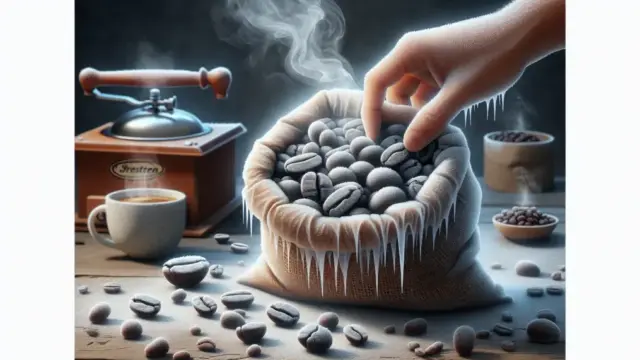






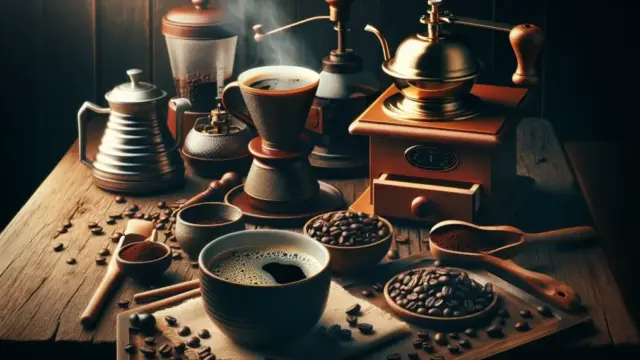








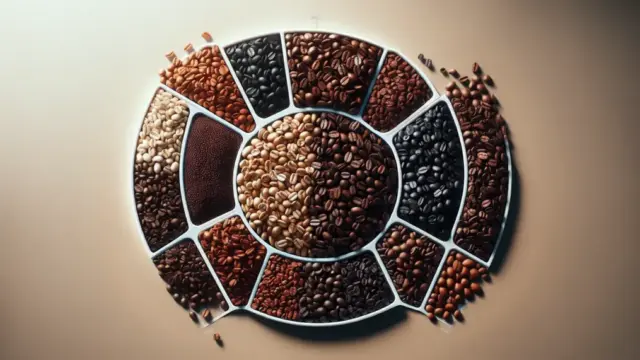

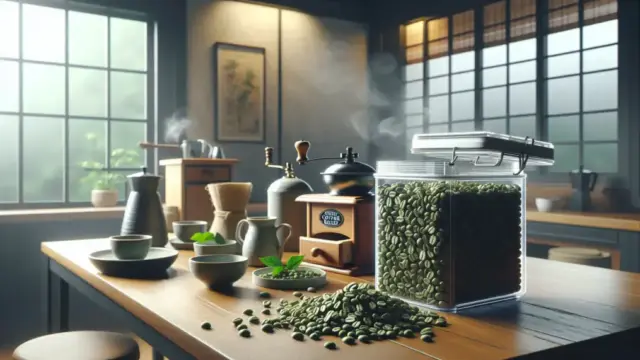














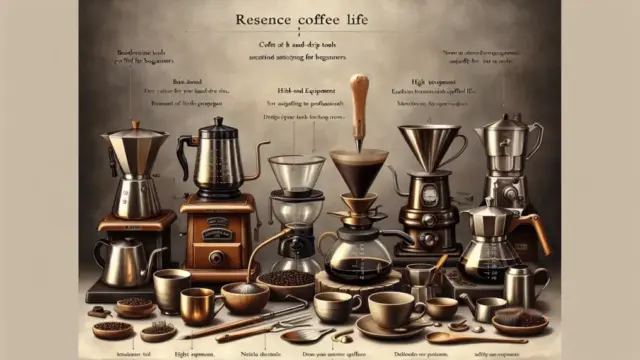

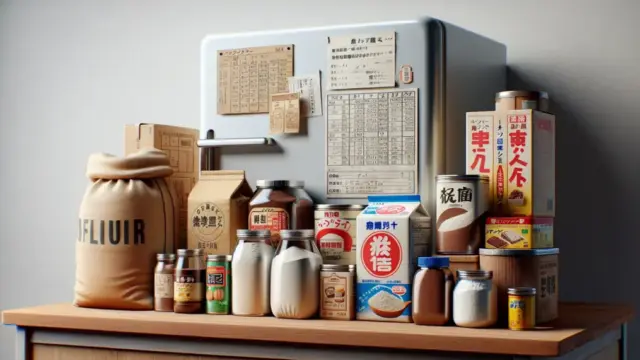

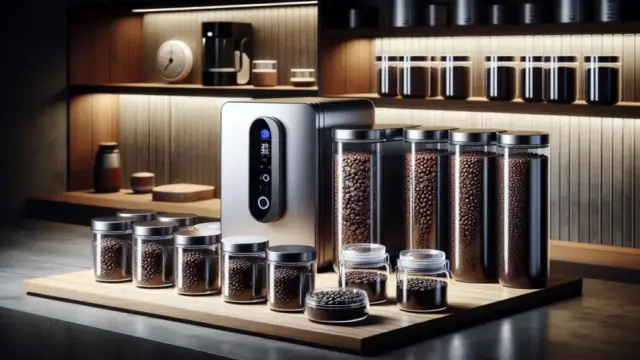
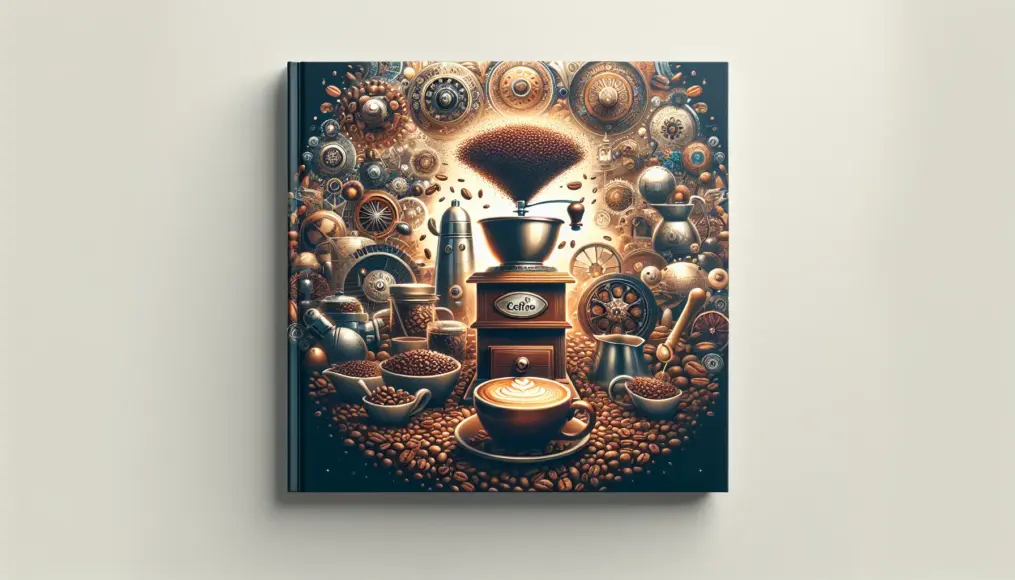

Comment